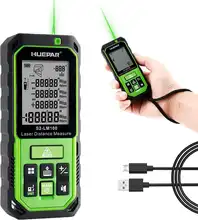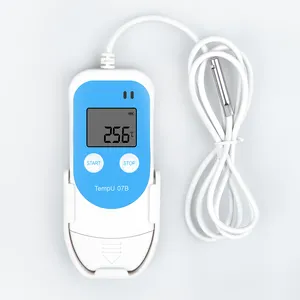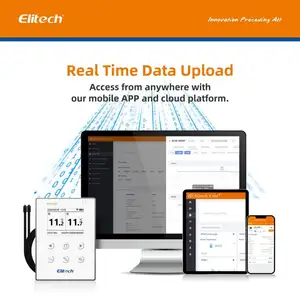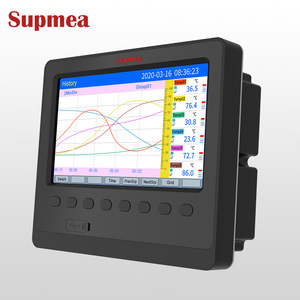Paperless Temperature Recorders: An Overview
The paperless temperature recorder represents a significant advancement in the monitoring and recording of temperature data across various environments. These devices are essential for accurate temperature measurement and are utilized in a multitude of settings, from industrial to laboratory research.
Types and Applications
There are several types of temperature recording instruments, each designed to cater to specific measurement needs. For instance, thermocouple thermometers are widely used for their versatility in different environments. In contrast, a temperature and humidity meter is indispensable in labs for controlled experiments. Field researchers may opt for wireless or USB temperature data loggers for ease of data collection.
Features and Functionality
Modern paperless temperature recorders boast features that enhance convenience and accuracy. These include wireless connectivity for remote monitoring and USB interfaces for easy data transfer. Additionally, devices like pyrometers offer non-contact temperature measurement, ideal for quick assessments in customer-facing businesses.
Materials and Durability
The construction of a temperature measurement device is critical for its longevity and reliability. Typically, these instruments are made from robust materials capable of withstanding harsh conditions, ensuring consistent performance over time.
Advantages of Paperless Technology
The transition to paperless data logging offers numerous benefits. It not only reduces waste but also improves data management efficiency. The digital nature of these recorders allows for more organized data storage and easier access to historical temperature data.
Choosing the Right Recorder
Selecting the appropriate digital temperature recorder depends on specific requirements such as measurement range, accuracy, and the environment in which it will be used. It is crucial to consider these factors to ensure the recorder meets the intended application's needs.































 浙公网安备 33010002000092号
浙公网安备 33010002000092号 浙B2-20120091-4
浙B2-20120091-4